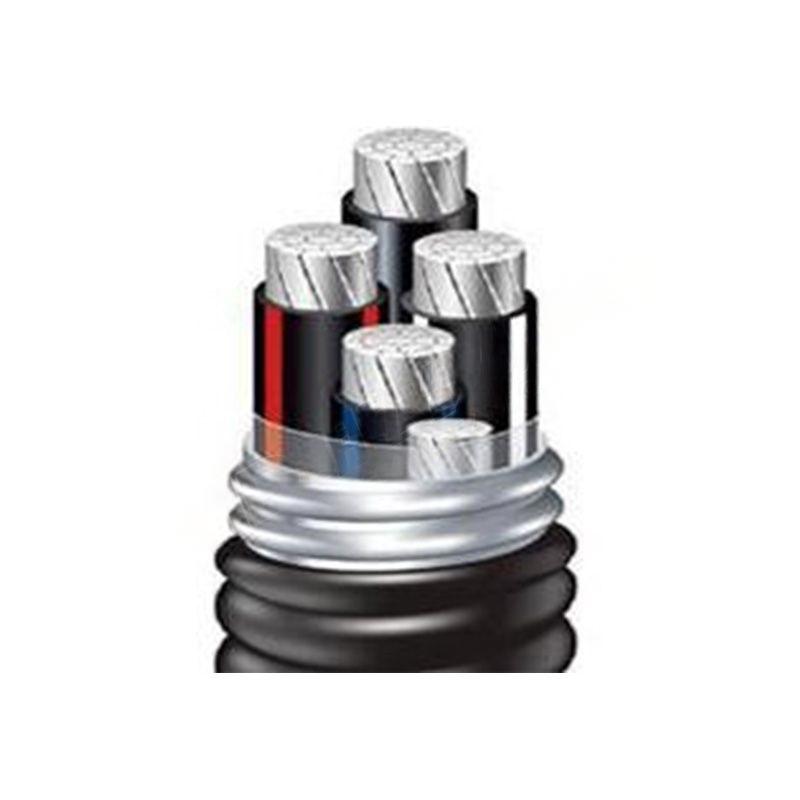Nov . 12, 2024 00:43 Back to list
rubber joint
Understanding Rubber Joints An Integral Component in Engineering
Rubber joints, often referred to as rubber expansion joints or flexible joints, are essential components in various industries, including plumbing, HVAC, chemical manufacturing, and construction. Their primary function is to absorb vibration, compensate for misalignment, and facilitate the expansion and contraction of connected pipes or mechanical systems. This article delves into the characteristics, applications, benefits, and maintenance of rubber joints, shedding light on why they are crucial in engineering solutions.
Characteristics of Rubber Joints
Rubber joints are typically composed of high-quality elastomer materials, which provide them with superior flexibility and resilience. The most commonly used materials include natural rubber, neoprene, EPDM (ethylene propylene diene monomer), and silicone. The choice of material depends on the specific application requirements, such as temperature tolerance, chemical resistance, and operational pressures.
One of the standout features of rubber joints is their ability to absorb shock and vibration. When machinery operates, it generates vibrations that can lead to wear and tear on pipeline systems. Rubber joints act as shock absorbers, reducing the transfer of vibrations through the piping system and thus enhancing its longevity.
Rubber joints also play a critical role in accommodating thermal expansion. As materials heat up, they tend to expand. Conversely, cooling causes contraction. Rubber joints provide the necessary flexibility to handle these changes without causing stress or damage to the connected systems.
Applications
Rubber joints are versatile and can be used in a variety of applications across different sectors. In plumbing, they are essential for connecting piping systems where flexibility is required due to ground movement or temperature variations. In HVAC systems, rubber expansion joints help to minimize noise and vibration while accommodating the movement of ducts created by thermal expansion.
In the chemical industry, rubber joints made from materials resistant to corrosive substances are critical. They ensure system integrity while allowing for thermal movement and vibration absorption. Additionally, they are widely utilized in water treatment facilities, automotive applications, and even in the construction of buildings to manage movement due to seismic activity or settling.
rubber joint

Benefits
The use of rubber joints comes with numerous advantages
. First and foremost, their flexibility minimizes the risk of pipe damage and prolongs the lifespan of the entire system. They serve as a buffer, allowing for misalignments caused by settling structures or thermal expansion without risking leaks or ruptures.Moreover, rubber joints contribute to energy efficiency. By reducing the amplitude of vibrations and noise in systems, they enhance operational performance and decrease energy consumption. In environments where noise reduction is crucial—such as hospitals or residential buildings—rubber joints can significantly improve comfort levels for occupants.
Installation and maintenance of rubber joints are typically straightforward, providing an added layer of convenience. They can be easily integrated into existing systems without extensive modifications, and their maintenance involves regular inspections for wear and tear, which is a simple process.
Maintenance
To ensure the longevity and effectiveness of rubber joints, regular maintenance is essential. Operators should routinely inspect joints for signs of wear, cracks, or degradation that could compromise their function. Environmental factors such as temperature extremes, exposure to chemicals, and UV light can affect the lifespan of rubber materials, so it is important to choose the right type for the specific application.
In addition to visual inspections, periodic assessments of the overall system can help identify any misalignments or excessive vibrations that may require adjustments. Proper installation techniques also play a significant role in the performance of rubber joints; they should be aligned correctly to avoid undue stress on the joints.
Conclusion
In conclusion, rubber joints are indispensable components in numerous industrial applications. Their ability to absorb vibrations, accommodate thermal expansion, and promote system flexibility makes them a preferred choice for engineers and manufacturers alike. As industries continue to evolve, the importance of reliable and efficient components like rubber joints cannot be overstated. Understanding their characteristics, applications, benefits, and maintenance will help ensure that these vital components continue to perform optimally, supporting a wide range of engineering solutions.
Share
-
Reliable Wafer Type Butterfly Valves for Every IndustryNewsJul.25,2025
-
Reliable Flow Control Begins with the Right Ball Check ValveNewsJul.25,2025
-
Precision Flow Control Starts with Quality ValvesNewsJul.25,2025
-
Industrial Flow Control ReliabilityNewsJul.25,2025
-
Engineered for Efficiency Gate Valves That Power Industrial PerformanceNewsJul.25,2025
-
Empowering Infrastructure Through Quality ManufacturingNewsJul.25,2025